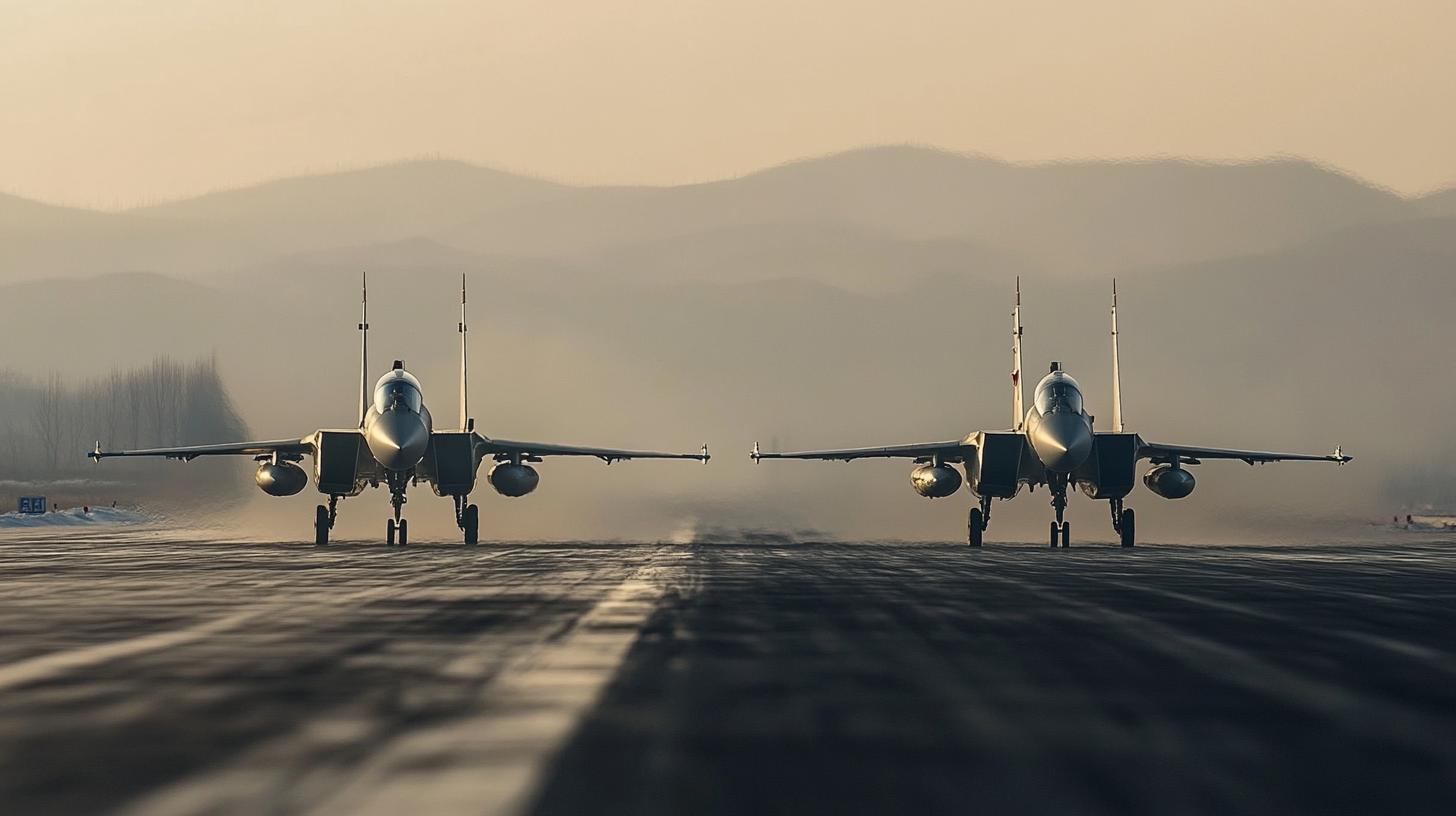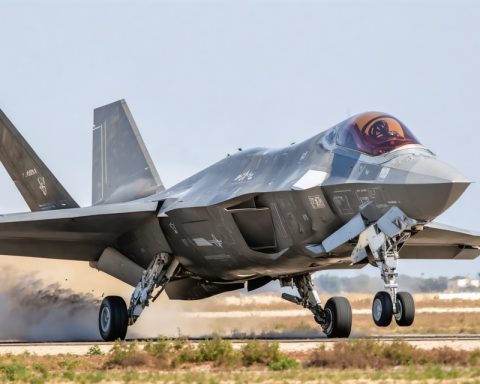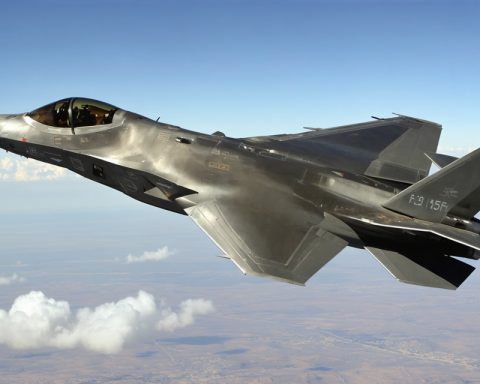China has taken a bold step in military aviation with its sixth-generation fighter jet prototype’s dramatic presentation at the 2024 Zhuhai Airshow. Known as the White Emperor or Baidi B-Type, this aircraft offers a glimpse into the future of aerial combat.
China’s Aerospace Ambition
Part of the ambitious Project Nantianmen, the White Emperor represents an innovative blueprint for the next-gen aviation landscape. Developed under the State Authority AVIC, its mock-up was showcased as a game-changer in both traditional air combat and potential space operations. Its unique design blends advanced stealth technologies with futuristic elements that position China as a formidable force in aerospace innovation.
Revolutionary Fighter Design
While precise specifications remain under wraps, the fighter teaser highlights its advanced stealth attributes and superior aerodynamic design. Built to challenge the brightest in global aerospace, it promises multi-role capabilities across air-to-air and air-to-ground engagements. The aircraft hints at features that could even involve space-operational capabilities, though such advancements remain to be confirmed.
Strategic Implications
The unveiling underscores a critical shift in military dynamics on the world stage, highlighting China’s potential to disrupt traditional power balances in regions like the Indo-Pacific. This development is not just about air superiority but a testament to China’s ambition to lead the aerospace sector, challenging Western powers who are concurrently advancing their sixth-generation projects.
Global Aerospace Race
China’s relentless pursuit positions the White Emperor as a future cornerstone for the People’s Liberation Army Air Force fleet, while intensifying the technological race among global superpowers for sixth-generation fighter supremacy. This move could potentially redefine military strategies and project China as a leader in aerospace development on an international scale.
Is China’s Sixth-Generation Fighter Jet a Game Changer or a High-Stakes Gamble?
The unveiling of China’s sixth-generation fighter jet prototype, known as the White Emperor or Baidi B-Type, at the 2024 Zhuhai Airshow has sent ripples through the global aerospace community. While the original announcement emphasized China’s ambitions and technological strides, there are numerous facets and implications of this development that have not yet been fully explored.
The Impact on Technology and Innovation
The debut of the White Emperor is not merely about showcasing military prowess; it is a testament to the rapid advances in technology and innovation driving new paradigms in aviation. The incorporation of advanced stealth technologies suggests breakthroughs in radar-absorbing materials and signal management. Moreover, the potential for space-operation capabilities points to new avenues of aerospace exploration and technology transfer from military to civilian sectors.
One of the intriguing aspects of the White Emperor is its possible impact on artificial intelligence integration in aerospace technology. Autonomous systems, decision-making AI, and sophisticated targeting algorithms could redefine how aerial combat is conducted, raising both exciting possibilities and ethical concerns.
Ethical and Strategic Controversies
The development of such advanced military technology does not come without its controversies. The prospect of AI-driven combat raises questions about accountability and decision-making in potentially lethal situations. How do nations ensure that such technologies are used responsibly? Moreover, the lack of transparency regarding the specifications and capabilities of the White Emperor stirs debates about military opacity and international diplomacy.
Strategically, China’s step into the sixth-generation fighter jet arena intensifies the global arms race. Its implications for global military balances, especially in volatile regions, could redefine strategic alliances and trigger new defense policies worldwide.
Advantages and Challenges
When discussing advantages, China’s development of the White Emperor may spur unprecedented research and development efforts worldwide. This could lead to technological advancements with dual-use applications that benefit both military and civilian sectors. Additionally, it could drive enhanced international cooperation in regulating aerospace technologies.
However, these advancements come with significant challenges. The high costs of such technology could strain national budgets, potentially diverting funds from other critical areas like education and healthcare. Furthermore, the race for technological supremacy could exacerbate tensions between global powers, leading to an environment marked by increased militarization and an arms buildup.
Questions Arising from China’s Breakthrough
– How will the White Emperor influence future aerospace collaborations?: There is potential for partnerships as nations seek to learn from and keep pace with China’s advancements.
– What are the geopolitical ramifications?: This development will likely influence strategic policies in regions with heightened military interest, such as the Indo-Pacific.
– Can this spur new regulatory frameworks?: There is an urgent need for international regulations to govern the use and proliferation of such advanced technologies to prevent misuse.
The world watches closely as China’s aerospace ambitions unfold, navigating a path defined by innovation, challenges, and strategic maneuvering. How these developments will shape future military and technological landscapes remains to be seen.
For more on global military advancements, visit Defense News and for updates on aerospace technologies, explore Flight Global.












